
Key Points
- One of the most efficient EVs
- Below average charging speeds by today's standard
- Production stopped for this model in 2022
The Hyundai Ioniq Electric (not to be confused with the Ioniq 5) was Hyundai’s first electric vehicle. It was launched in 2017 with sales ceasing in the first quarter of 2022. Despite sharing a platform with a hybrid and PHEV equivalent, the Ioniq Electric is known as one of the most efficient electric cars.
How to Charge a Hyundai Ioniq Electric
The Ioniq Electric charging port uses the CCS standard, which features a combined AC and DC inlet port. The top portion of the inlet is for the Type 2 connector, which is used for AC charging at home, work or at public chargers (e.g. shopping centre car parks).
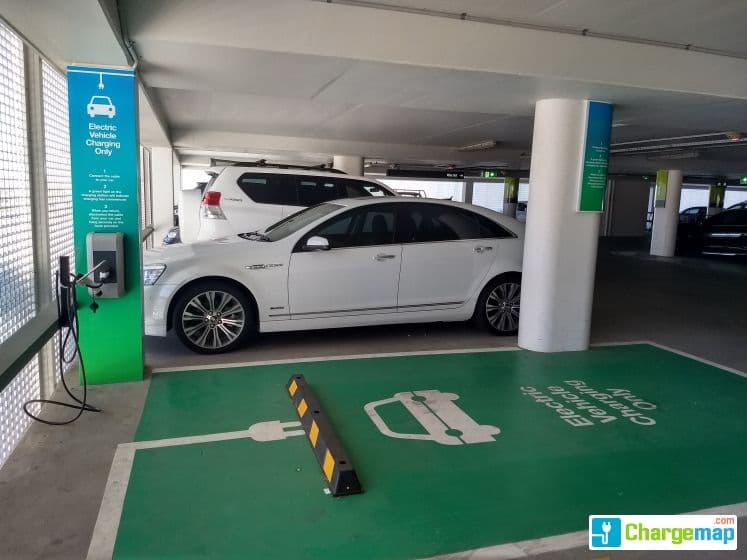
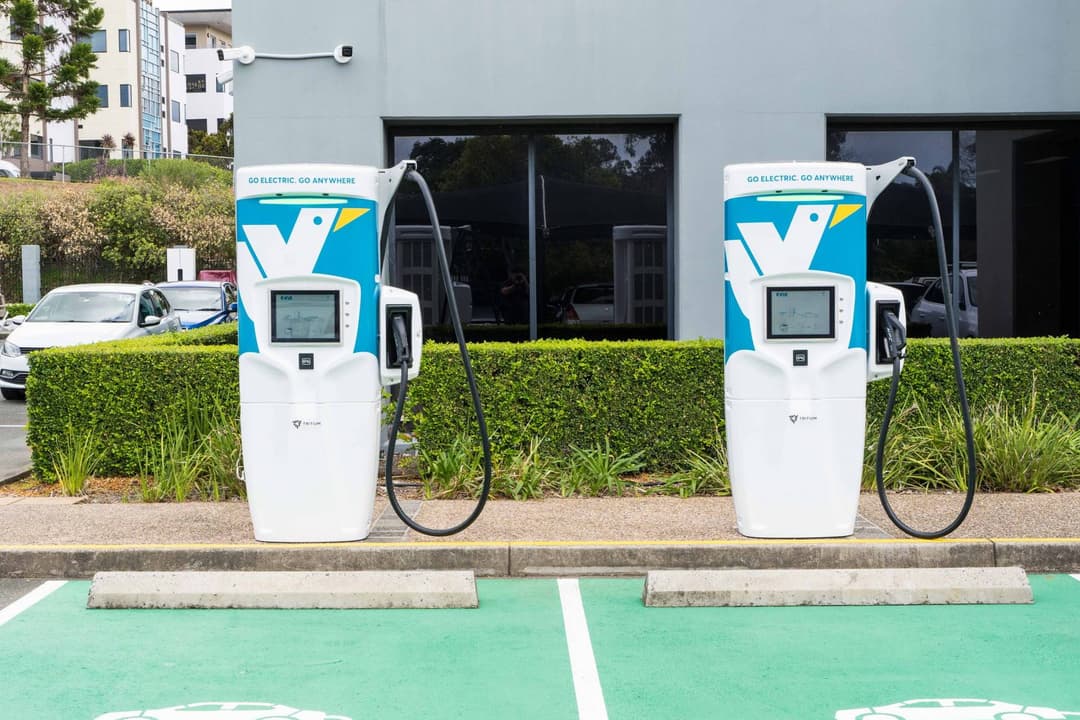
For public fast/rapid DC charging, both the upper and lower sections on the inlet are used to support the high power output required. The Ioniq Electric's CCS charging inlet is found on the rear left of the vehicle.
The Ioniq Electric can be slow, fast and rapid charged from public charging stations. In most cases:
- Slow charging requires a three-pin to Type 2 cable, usually supplied with the car.
- Public AC charging will feature a tethered Type 2 connector or may require a Type 2 to Type 2 cable.
- Rapid DC charging uses a tethered CCS connector which is part of the charging unit.
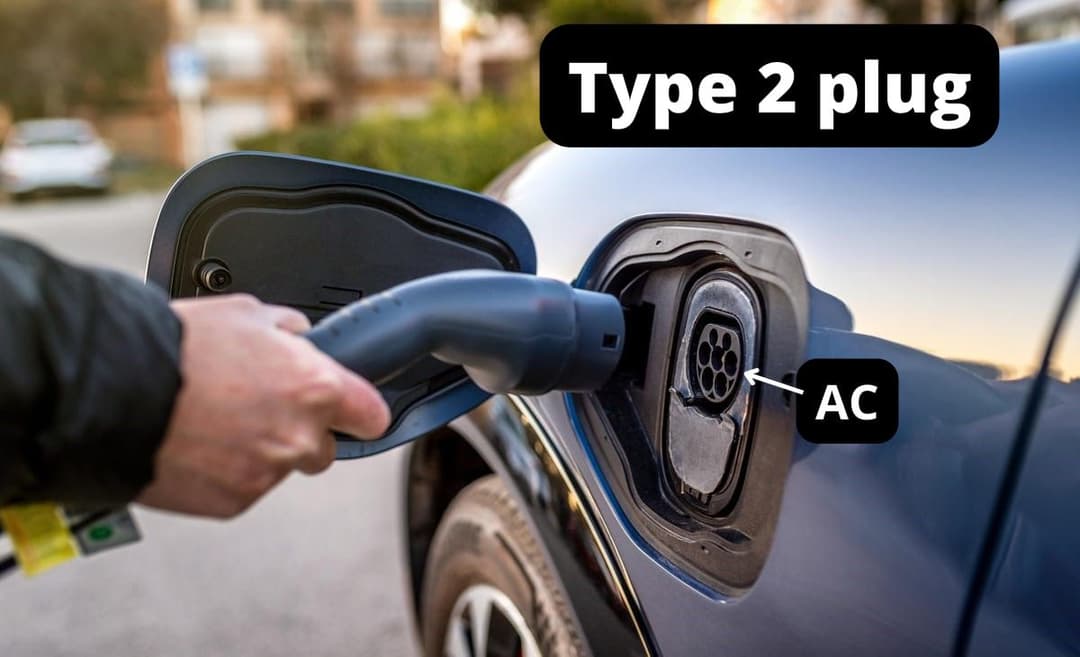
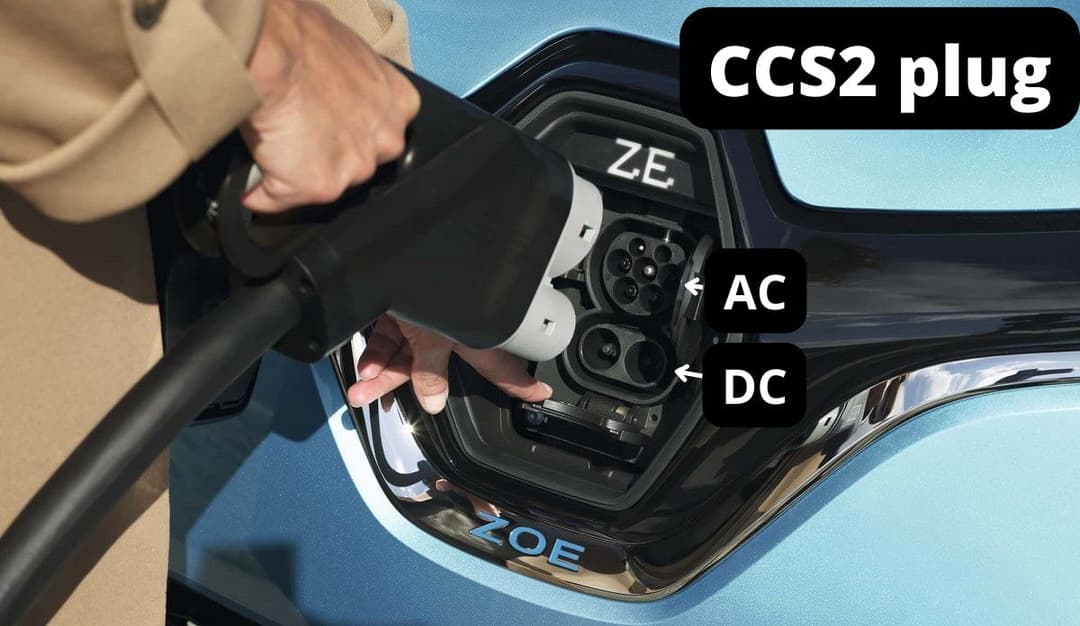
1. Find a public charging station for fast and rapid chargers
Plugshare is the easiest way to find any public AC and DC electric vehicle charging station in your area. It displays a map and overall rating of each charger from check-ins and comments.
Additionally, use the charging provider’s app like Chargefox or Evie Networks to view the live availability of stations and check whether a stall may be out-of-action.
2. Connect charging cable to car
Driving up to the charger, ensure that your vehicle’s charging port, located at the rear-left, is nearest to the stall. This may require you to drive in or reverse into the charging spot.
Once parked, grab the appropriate charging connector type from the stall’s holster, open the Ioniq Electric’s charging flap and any other caps, and firmly plug it into the vehicle.
3. Confirm charging has started
Use the charging provider’s mobile app or tap the RFID card on the stall to activate the charging session. You may need to press a start button on some charging stalls, too.
After a few seconds of communicating with the Ioniq Electric, you can see the charging status via the station’s screen, the vehicle’s driver instrument display, or the mobile app.
How Long Does it Take to Charge a Hyundai Ioniq Electric?
Slow AC Charging (level 1,2) - Home/Business
Slow AC charging, also referred to as level 1 or 2, is typically done at home, work or shopping centre car parks.
The Hyundai Ioniq Electric is capable of charging at a maximum of 7 kW.
The following table shows the estimated time to fully charge (0 to 100%) a Ioniq Electric across different AC chargers. Fully charging an Ioniq Electric using a portable charger and a standard 10A power point will take 31 hours. This can be cut down to less than 10 hours if the power source is upgraded to 32A.
Fast/Rapid DC Charging (level 3) - Public
The following tables show the estimated time to charge the Ioniq Electric using fast/rapid DC charging. The Ioniq Electric can support maximum DC charging of 220 kW, chargers with higher output than this will be throttled to this limit.
It is recommended to limit the charging at rapid chargers to 80% to preserve battery health.
Note that the times shown are only a guide only. Other factors that might vary the actual charging time of your car. For personalised estimates of the Ioniq Electric, use the zecar EV charging calculator.
How Much Does it Cost to Charge a Hyundai Ioniq Electric?
The below tables show the estimated cost of charging the Ioniq Electric's 38.3 kWh battery at home using a standard flat tariff or a public fast DC charger.
Based on these figures, the Ioniq Electric’s fuel costs are $3.4-$8.2 per 100 km, depending on the type of charging. In general, home charging provides the cheapest per kilometre cost and public rapid charging tends to be around double the cost (per charge and per kilometre). This compares favourably to an equivalent petrol car which would cost $15 per 100km, assuming $2/litre for petrol.
Use the zecar EV charging calculator to find the cost and times to charge any EV using any charge method. The results can be personalised for different electricity costs and the level of charge required.
What is the Recommended Charge Level for a Hyundai Ioniq Electric?
The Ioniq Electric's battery pack comprises the NMC chemistry. The recommended upper limit for daily use is 90%, this will minimise degradation and preserve the longevity of the battery. The charging limit can be set on the main infotainment screen.
Occasional charging of the battery to 100% to maximise the car's range for longer trips should not cause significant degradation of the battery.
Hyundai Ioniq Electric Charging at Home
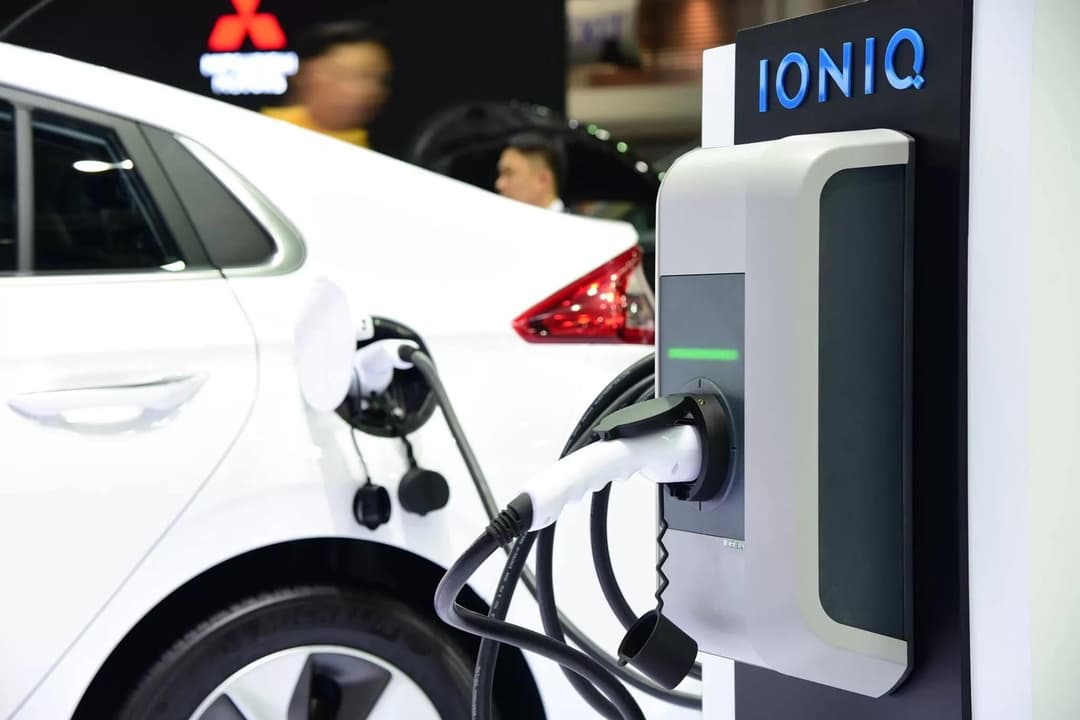
The Ioniq Electric is compatible with almost all portable and wall-mounted chargers equipped with a type 2 plug. It comes with a portable charging cable, which can be used on any Australian domestic powerpoint
For faster charging speeds, you may want to consider a wall-mounted charger to reach the maximum 7 kW charge rate the Ioniq Electric is capable of.
Home charging while taking longer will likely result in less degradation.
Electric Car Home Charging GuideHyundai Ioniq Electric Charging using Public DC charging stations
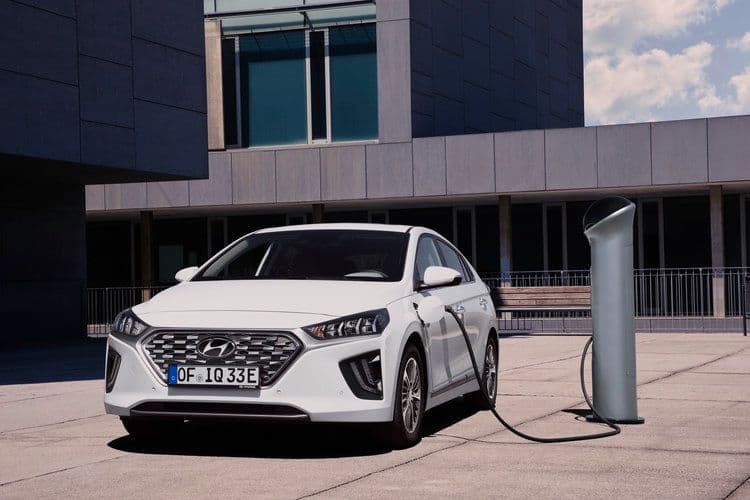
The Ioniq Electric can be charged using all the major charging networks except Tesla Superchargers and some select Tesla destination chargers.
Refer to this guide for all the key public charging providers including links to app downloads.
Excessive use of fast charging may accelerate the degradation of the battery due to the heat caused by fast charging.
Charging a Hyundai Ioniq Electric Bottom Line
The Hyundai Ioniq Electric is one of the slower charging electric cars available. It ranks right below average it comes to charging speeds compared to other electric cars. It provides average speeds for AC chargers and below average speeds DC fast chargers. It however houses a small battery capacity, meaning the times required to 90% capacity are acceptable. Check out our fastest charging car list to see how the Ioniq 5 ranks against its peers.
About the author
Stay up to date with the latest EV news
- Get the latest news and update
- New EV model releases
- Get money savings-deal

